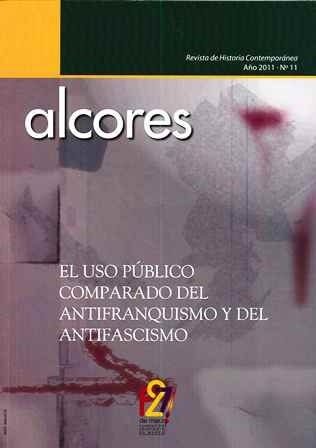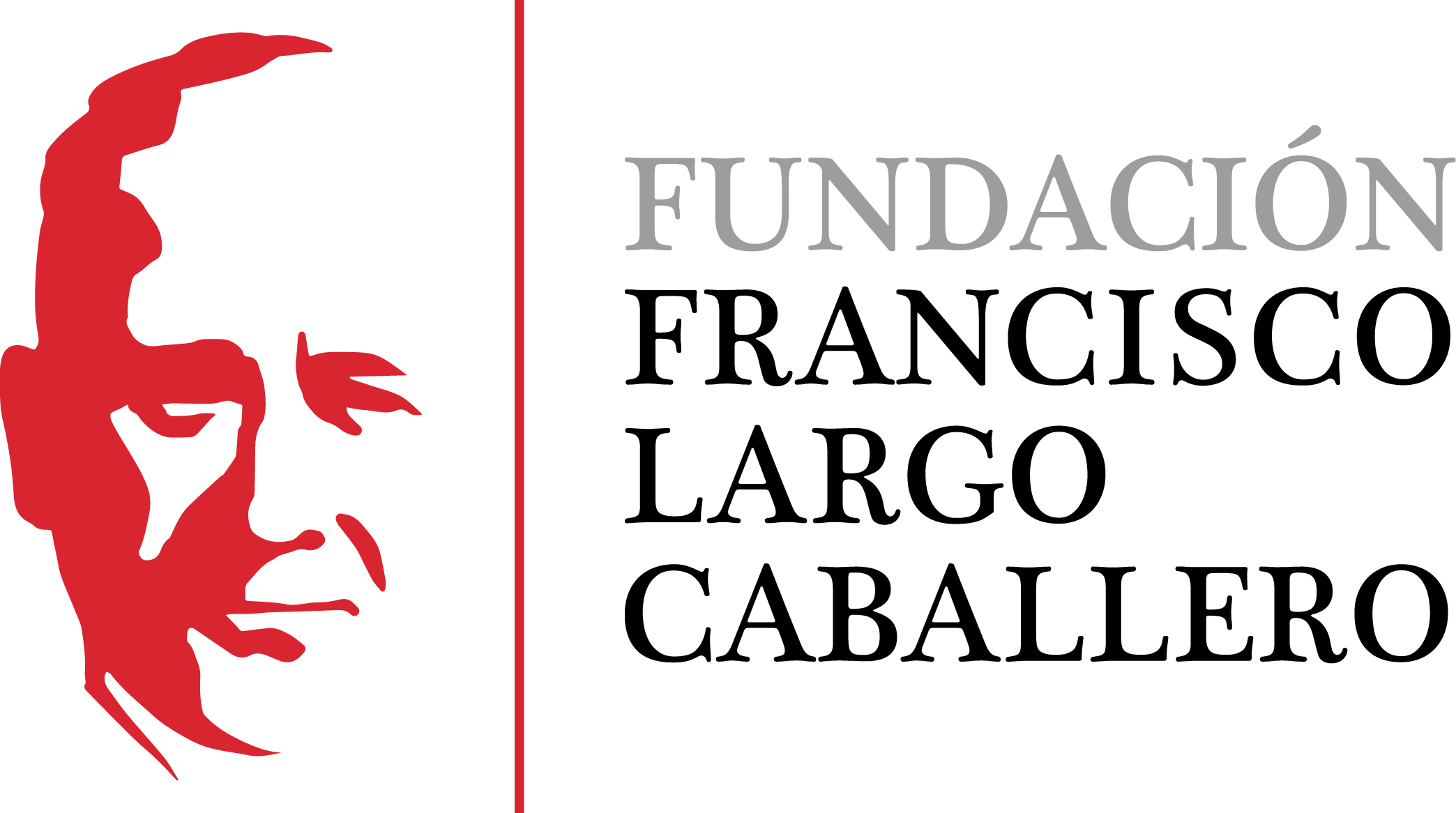Wandering the lands of La Mancha. Notes about revolutionary violence in the Spanish Civil War (1936-1939)
DOI:
https://doi.org/10.69791/rahc.176Keywords:
political violence, Spanish Civil War, republican rearguard, revolutionary left, La ManchaAbstract
This article examines certain aspects of the revolutionary violence that developed in the republican rearguard during the Spanish Civil War (1936-1939). It contends that the uprising of July 1936 had a limited impact in the territory studied, that of the province of Ciudad Real, due to the loyalty of the forces of public order and the rapid mobilization of the left-wing workers’ organizations. The article assesses the number of victims of the revolutionary left —insofar as the available sources permit— in terms of the territorial distribution of the province (municipalities, counties, and other administrative areas). Also analyzed are the networks, contacts and coordinated strategies that permitted the killings to take place, as well as the social and political profiles of the victims. The central thesis is that this violence was not the result of unresolved structural problems, it was not spontaneous and defensive, and it was not the work of uncontrolled groups. On the contrary, the roots of this phenomenon lie in the politics, discourses, leadership, exclusionary practices and the confrontations that occurred immediately prior to the outbreak of the conflict. Finally, the article underlines the many similarities between the republican violence of the first few months of the Civil War with that deployed in the insurgent territory.
Downloads
Global Statistics ℹ️
|
61
Views
|
28
Downloads
|
|
89
Total
|
|
Downloads
Published
How to Cite
Issue
Section
License
Copyright (c) 2012 Fernando del Rey Reguillo

This work is licensed under a Creative Commons Attribution 4.0 International License.
Alcores is an open-access journal. It provides unrestricted access to its content from the moment of publication. We respect intellectual property rights, and for this reason, the author retains the copyright. All content is distributed under a Creative Commons Attribution 4.0 International (CC BY 4.0) license. The terms of the license can be consulted at: https://creativecommons.org/licenses/by/4.0/
This license allows sharing (copying and redistributing the material in any medium or format) and adapting (remixing, transforming, and building upon the material for any purpose), provided that authorship and first publication in this journal are properly credited, a link to the license is included, and any changes made are indicated.
This type of license facilitates the freedom of reuse and ensures that the content of this journal can be used to meet research needs.





